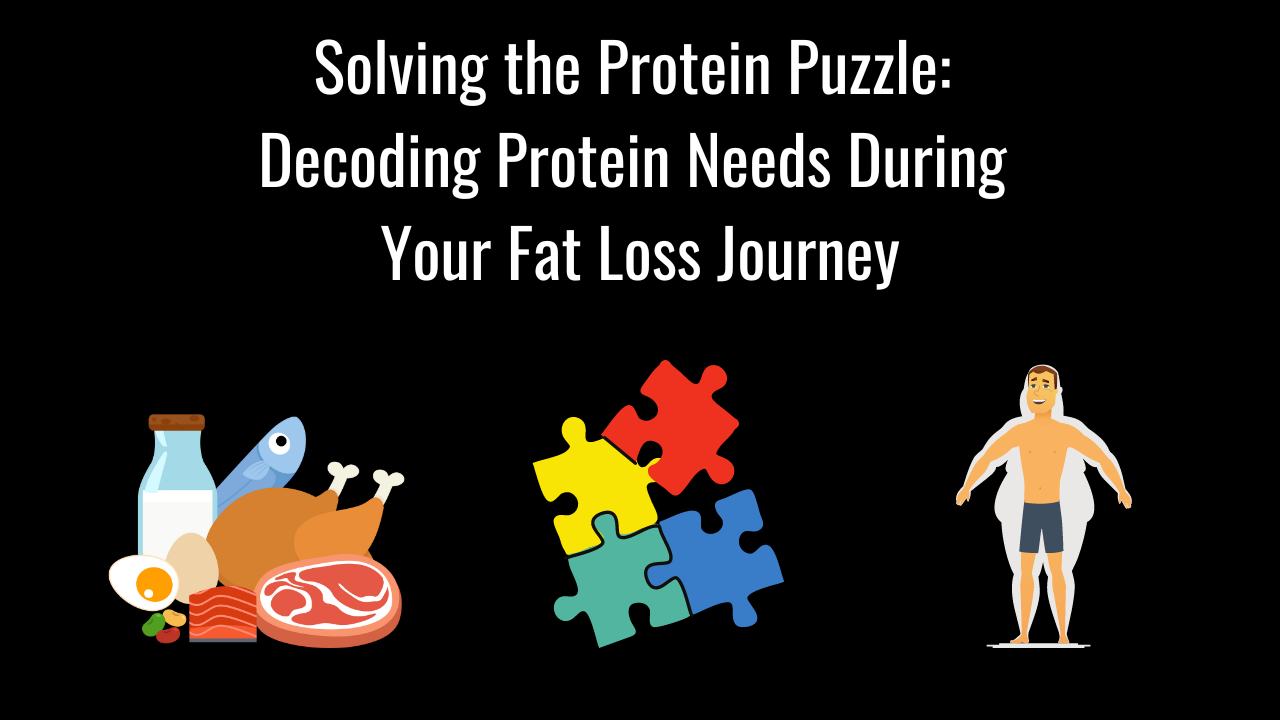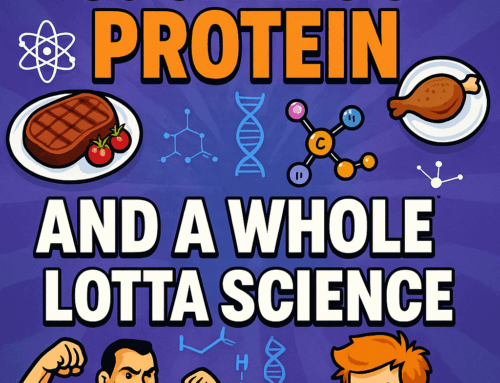In the twisted labyrinth of physique alchemy, where the quest for muscle and strength mirrors a never-ending odyssey, chronic studies with dietary protein emerge as the sacred scrolls of enlightenment.
For those seeking to sculpt sinewy masterpieces out of their mortal vessels, the journey extends far beyond the fleeting euphoria of acute experiments. Chronic studies, with their gritty determination to unravel the enigma of sustained protein intake, offer a compass in the tempest of muscle gainZ ambitions. Many activities can move the needle towards muscle in a cell culture or even acutely in humans, but you must know if those short-term changes result in the actual addition of muscle and strength over time; where researchers navigate the labyrinth of human metabolism, the chronicles of acute studies merely scratch the surface. Like peering into a kaleidoscope, acute responses can be dazzling but may not mirror the intricate dance of chronic reactions.
Enter the world of chronic studies – a place where hypotheses collide, and worst-case scenarios unfold like psychedelic tapestries to the land mo’ muscle. Today’s expedition delves into the wild frontier of a hypocaloric diet, a gauntlet that separates the flimsy from the formidable.
Imagine this: a desolate landscape, a metabolic wasteland of hypocaloric torment. A group of unsuspecting souls, 48 women aged 40–56, were thrust into a 16-week saga by the mad scientists led by Layman et al. [1]. Divided into factions – low protein, high protein, with and without the ritualistic dance of exercise – their bodies became battlegrounds. The high protein plus exercise group emerged unscathed, their lean body mass standing defiant (-0.9%; p= 0.39). In this nutritional amphitheater, 1.5 g protein/kg/day proved to be the magic elixir that allowed the shedding of body fat without the sacrificial loss of lean mass.
But the saga continues, a relentless odyssey led by Mettler and his band of 20 seasoned warriors [2]. These disciples of the Iron Temple exercised for over six moons and faced a dietary duel. Low protein (1.0g/kg/day) versus high protein (2.3g/kg/day), with caloric chaos thrown into the mix. The battlefield witnessed no disparity in fat loss, both groups shedding 2.0 and 2.1 kg, a cosmic equilibrium, if you will. Yet, the low-protein sect suffered a lamentable loss of lean body mass, a sacrifice that the high-protein tribe cunningly avoided. The prophecy of 2.3g protein/kg/day emerged as a shield against the carnage of hypocaloric decimation, a glimmer of hope in the darkness.
In a brief intermission, we turn our attention to a fellowship of college-aged bodybuilders [3]. Three factions emerged – the control group, the low protein zealots (0.8g/kg/day), and the high protein acolytes (1.6g/kg/day). Both protein factions underwent a dance with fat loss, shedding approximately 2kg of corporeal burdens. Alas, the high-protein acolytes clung to their lean mass with a tenacity that escaped the grasp of their low-protein brethren. Yet, a caveat looms large – a mere fortnight of dietary chaos paints an incomplete mural of the protein saga.
As the curtain falls, Mero and his cabal of 15 women take center stage [4]. Two groups, a caloric deficit of 550 kcal/day and 1,110 kcal/day, both shackled to a high protein diet (1.4g/kg/day). In this four-week carnival of metabolic tightrope walking, both groups shed pounds, 2.0kg and 3.8kg, respectively. The enigma lies in the preservation of lean body mass, an untouched sanctuary amidst the tempest. A cautionary note echoes through the hallowed halls – the use of an estimate for resting metabolic rate (RMR) introduces an element of uncertainty.
As we reflect on these chronicles, the gospel of Layman, the revelation of Mettler, the parable of Walberg, and the spectacle of Mero, one truth emerges: in the swirling vortex of hypocaloric madness, a higher protein intake may be the guardian angel, a celestial force shielding lean body mass from the voracious jaws of caloric annihilation.
The journey is treacherous, the path uncertain, but in the torrid tapestry of nutritional exploration, these studies serve as beacons, lighting the way for those brave enough to navigate the tumultuous seas of metabolic discovery. In summary, hedge your dietary bets towards 1.6 to 2.3 grams/kg of body weight to keep your metabolic muscle, especially when calories are lower.
Rock on!
Dr Mike
References
1. Layman, D.K., et al., Dietary protein and exercise have additive effects on body composition during weight loss in adult women. J Nutr, 2005. 135(8): p. 1903-10.
2. Mettler, S., N. Mitchell, and K.D. Tipton, Increased protein intake reduces lean body mass loss during weight loss in athletes. Med Sci Sports Exerc, 2010. 42(2): p. 326-37.
3. Walberg, J.L., et al., Macronutrient content of a hypoenergy diet affects nitrogen retention and muscle function in weight lifters. Int J Sports Med, 1988. 9(4): p. 261-6.
4. Mero, A.A., et al., Moderate energy restriction with high protein diet results in healthier outcome in women. J Int Soc Sports Nutr, 2010. 7(1): p. 4.




Leave A Comment